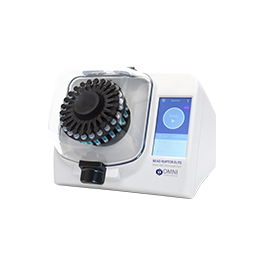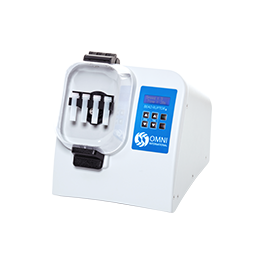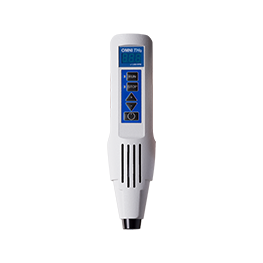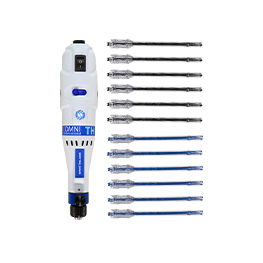Omni International offers a variety of technologies for preprocessing of food products prior to pesticide extractions.
For large plant samples, the Omni Mixer and Macro homogenizers are capable of rapid sample dissociation within sealed chamber assemblies. that require complete plant sample disruption and the flexibility to process samples in a wide range of volumes.
When high throughput sample processing is required, the Omni Prep 96 automated rotor-stator homogenizer provides walk-away sample processing of up to 96 samples per cycle.
A more recent approach has been to homogenize the plant material through bead beating on the Bead Ruptor 24, a process in which the plant material is placed in a sealed tube with beads and vigorously shaken to produce a final homogenate of sub-micron particle sizes. The advantage of this approach is that the homogenization can be performed in a 50 mL centrifuge tube containing 15 g of plant material and 5 to 15 mL of acetonitrile which is the starting solvent for common QuEChERs extractions.
The most common method for extraction of pesticide residues from food material is the QuEChERs method, that was introduced in 2003 for “ Quick, Easy, Cheap, Effective, Rugged and Safe” extraction of multiple pesticides and has since been modified and optimized to support a wide range of analytes. The QuEChERs method is widely used and is formalized in two documented methods, AOAC 2007.01 and EN 156223. Prior to the QuEChERs extraction, the sample must first be comminuted.
The comminuting process can be performed in a number of ways including, manual chopping, blending and milling.
Consumers are increasingly interested in having knowledge about what pesticides are applied to the food products they consume.Pesticides being widely used in the control of plant pathogens can remain in small quantities on the fruits, vegetables, grains and other food products we consume.







